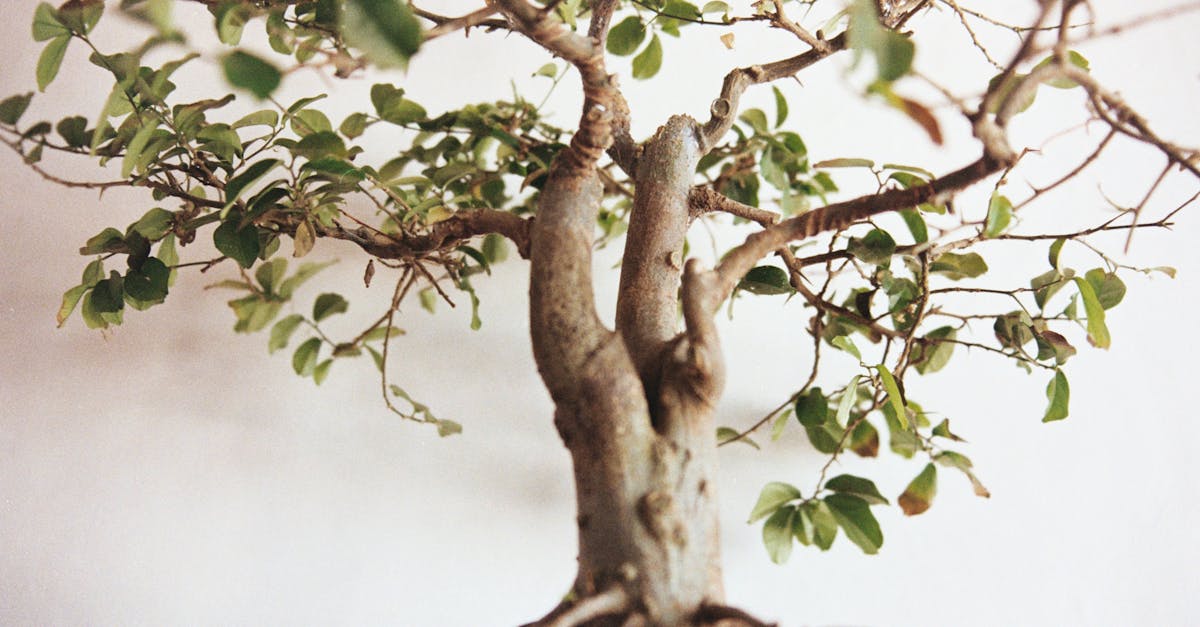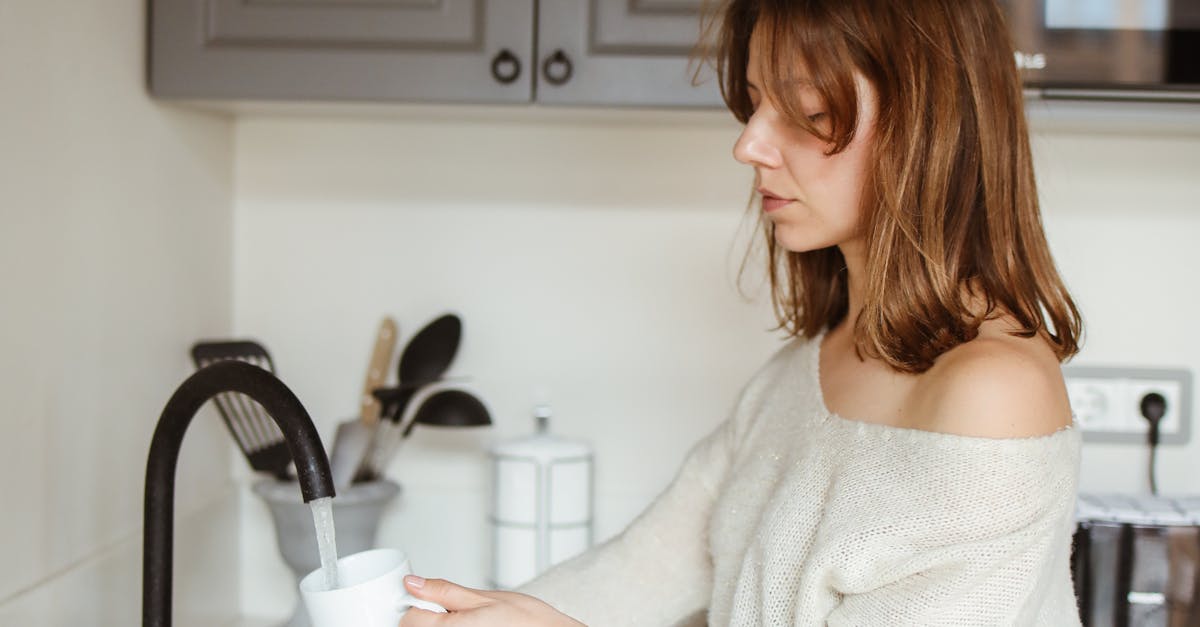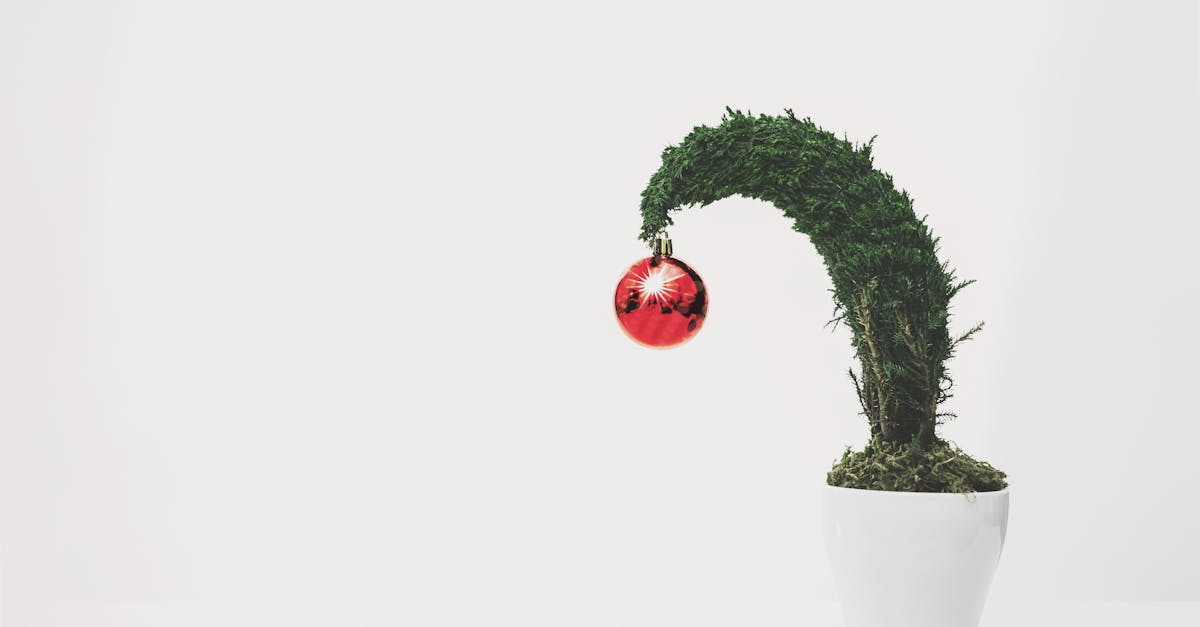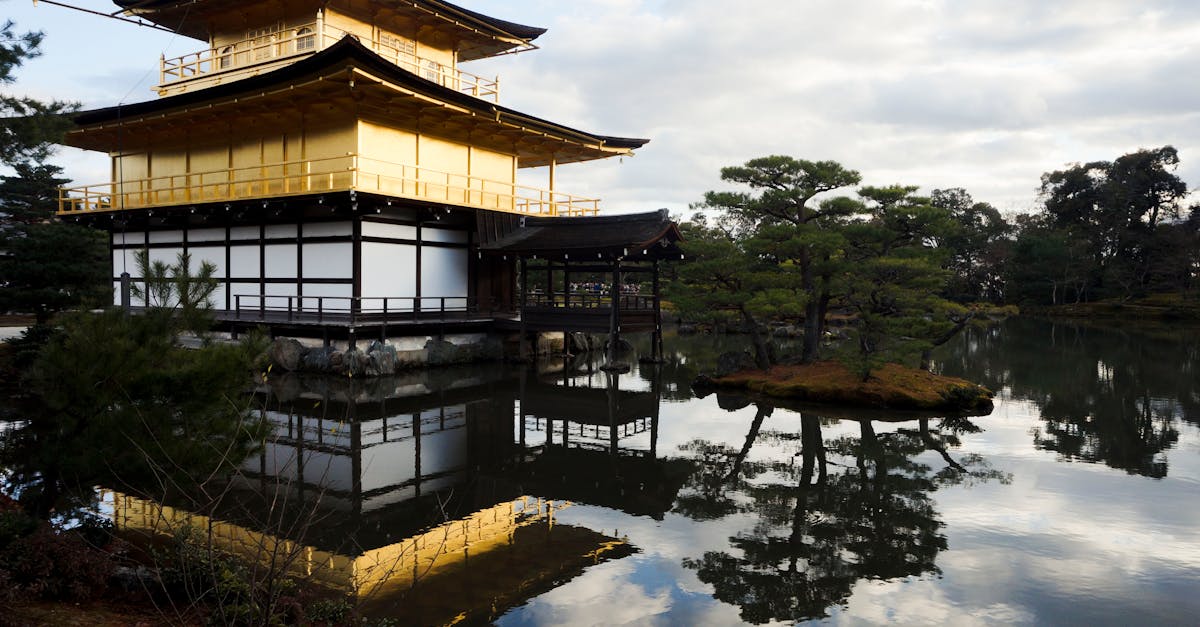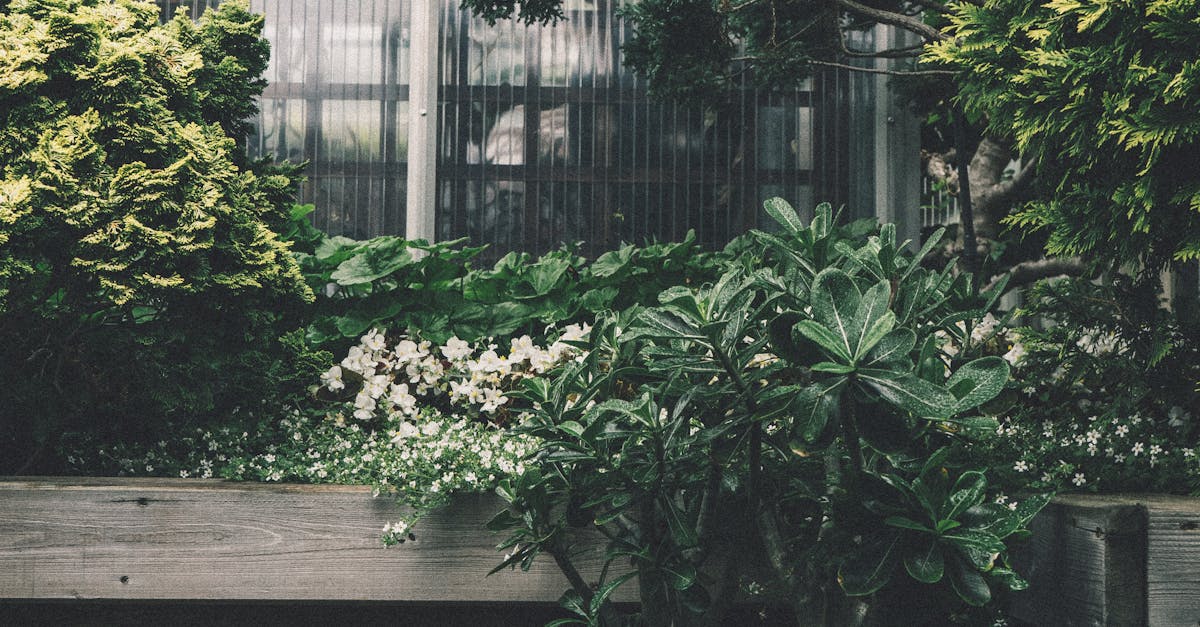The Signs and Causes of Underwatered Bonsai Trees
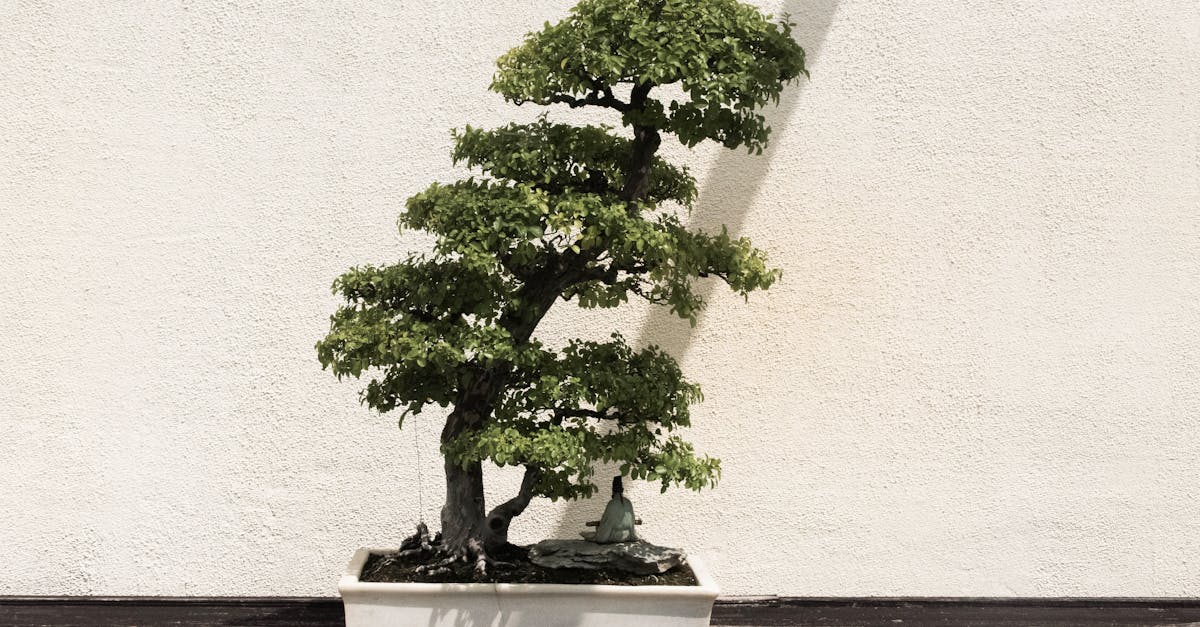
Bonsai trees are a unique form of horticulture that involves growing and shaping trees in miniature. As a result, they require very specific care to stay healthy and thrive. One of the most important aspects of bonsai care is watering, as underwatering can lead to a number of problems.
Perhaps the most obvious sign of an underwatered bonsai is wilting. The leaves of the tree may droop or curl, and the branches may become brittle. If the underwatering continues, the leaves may eventually turn brown and fall off.
1. Introduction: The Delicate Nature of Bonsai
Bonsai trees, with their intricate beauty and diminutive size, are works of art that require careful cultivation. Their unique characteristics, however, make them particularly sensitive to water availability. Unlike their larger counterparts, bonsai trees have shallow root systems that are confined to small pots. This limited root space restricts their ability to absorb water and nutrients from the soil, making them more susceptible to underwatering.
Bonsai trees also have higher metabolic rates than larger trees, which means they require more frequent watering. The small size of their leaves and the increased exposure to sunlight and wind can also lead to increased water loss through evaporation and transpiration. As a result, bonsai trees need to be watered more frequently than other trees, especially during hot and dry weather.
2. Visual Clues: Observing Physical Signs

Observing the physical signs of an underwatered bonsai tree is crucial for its well-being. One of the most noticeable symptoms is wilting. When a bonsai tree does not receive enough water, its leaves and branches will become limp and may droop or hang downwards. If the underwatering persists, the leaves may eventually turn brown and fall off.
Another visual clue to look for is leaf discoloration. Underwatered bonsai trees may exhibit yellowing or browning of leaves, starting from the edges and gradually spreading inwards. This discoloration is caused by a lack of water and nutrients reaching the leaves, leading to the breakdown of chlorophyll and other pigments. In severe cases, the entire leaf may turn brown and become brittle.
Stunted growth is another potential indicator of underwatering. As bonsai trees require adequate water for proper growth and development, a lack of water can result in slowed or stunted growth. The tree may appear smaller than expected for its age and species, and its branches and leaves may be underdeveloped.
3. Soil Examination: Assessing Moisture Levels
Checking the soil moisture level is a crucial aspect of bonsai care, as it helps determine if the tree is receiving adequate water. There are several methods you can use to assess soil moisture:
-
Moisture Meter: Using a moisture meter is a quick and convenient way to measure soil moisture. Simply insert the probe of the meter into the soil and read the moisture level on the display. Moisture meters are widely available and relatively inexpensive, making them a popular choice for bonsai enthusiasts.
-
Finger Test: The finger test is a simple and direct way to check soil moisture. Insert your finger into the soil up to the first knuckle. If the soil feels dry to the touch, it’s time to water your bonsai. If the soil feels moist, you can wait a bit longer before watering.
-
Soil Appearance and Texture: The appearance and texture of the soil can also provide clues about its moisture level. Dry soil will appear loose and crumbly, while moist soil will be slightly damp and may clump together when squeezed. If the soil is hydrophobic (repels water), it may appear dry even if it’s actually moist. In this case, you can try using a chopstick or skewer to poke holes in the soil to improve water penetration.
4. Root System Health: The Lifeline of Bonsai
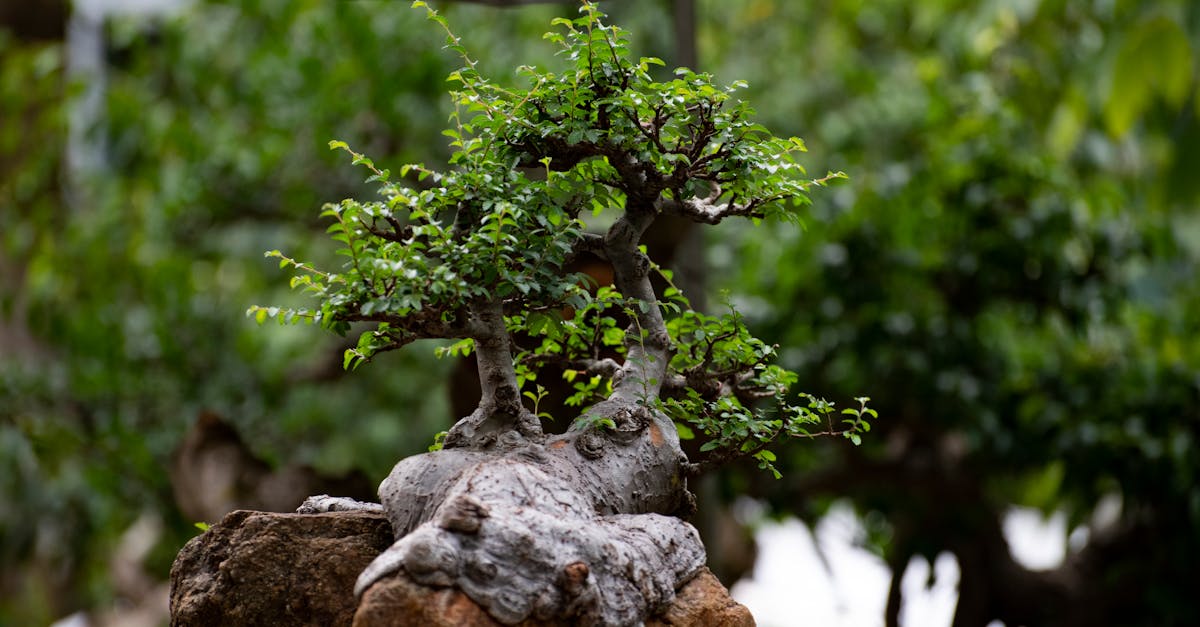
The root system of a bonsai tree is its lifeline, responsible for absorbing water and nutrients from the soil. When a bonsai tree is underwatered, the root system can become damaged, which weakens the tree’s ability to absorb water and nutrients. This can lead to a decline in the tree’s health and vigor, and may eventually result in its death.
One of the ways in which underwatering can damage the root system is by causing the roots to dry out and become brittle. When the roots are dry, they are more likely to break when the tree is moved or repotted. Additionally, dry roots are less able to absorb water and nutrients from the soil, which can lead to nutrient deficiencies and other health problems.
Underwatering can also lead to the development of root rot. Root rot is a fungal disease that attacks the roots of trees and can cause them to rot and die. Root rot is more likely to occur in trees that are underwatered, as the lack of water makes the roots more susceptible to fungal infection.
5. Environmental Factors: External Influences
Environmental factors can also play a role in the water needs of bonsai trees. Temperature, humidity, and light levels can all affect the rate at which water is lost from the tree, and thus the frequency with which it needs to be watered.
Temperature: Higher temperatures can increase the rate of water loss from bonsai trees through evaporation. Bonsai trees that are exposed to high temperatures, such as those grown in hot climates or during the summer months, may need to be watered more frequently than trees that are grown in cooler temperatures.
Humidity: Humidity refers to the amount of water vapor in the air. When the humidity is high, the rate of water loss from bonsai trees is reduced, as the air is already saturated with water vapor. Bonsai trees that are grown in humid environments, such as those grown in greenhouses or during rainy seasons, may need to be watered less frequently than trees that are grown in dry environments.
Light: Light can also affect the water needs of bonsai trees. Bonsai trees that are exposed to high levels of light, such as those grown outdoors in full sun, may need to be watered more frequently than trees that are grown in low light conditions, such as those grown indoors or under shade.
6. Conclusion: Ensuring Optimal Hydration for Bonsai
To ensure optimal hydration for bonsai trees, it is important to be aware of the key symptoms of underwatering and to water the trees properly. Some of the key symptoms of underwatering include wilting, leaf discoloration, stunted growth, and dry soil. If you notice any of these symptoms, it is important to water your bonsai tree immediately.
When watering your bonsai tree, it is important to water it thoroughly. This means watering the tree until water begins to drain from the drainage holes in the bottom of the pot. It is also important to water the tree evenly, so that all of the roots receive water. If you are unsure how often to water your bonsai tree, it is best to err on the side of caution and water it more frequently. Bonsai trees are more tolerant of being overwatered than underwatered.
In addition to watering your bonsai tree regularly, there are a few other things you can do to ensure that it receives adequate hydration. One is to use a humidity tray. A humidity tray is a shallow tray that is filled with water and placed under the bonsai tree. The water in the tray evaporates and increases the humidity around the tree, which can help to reduce water loss. Another thing you can do is to mist your bonsai tree regularly. Misting the tree will help to keep the leaves hydrated and can also help to remove dust and other particles from the leaves.
Quiz
1. Which of the following is NOT a symptom of underwatering in bonsai trees?
(a) Wilting (b) Leaf discoloration (c) Increased growth (d) Stunted growth
2. True or False: Bonsai trees have deeper root systems than larger trees.
(a) True (b) False
3. Which of the following can contribute to increased water loss in bonsai trees?
(a) High temperatures (b) Low humidity (c) Low light levels (d) All of the above
Answer Key
1. (c)
2. (b)
3. (d)

